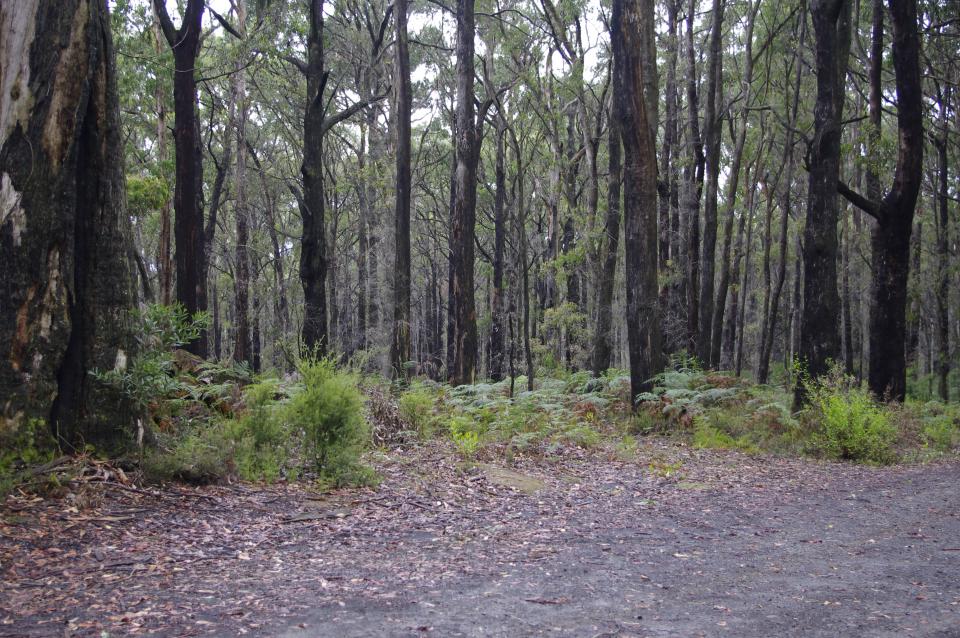
PUBLICATIONS
Published works

The influence of soil moisture on surface and sub-surface litter fuel moisture simulation at five Australian sites
| Title | The influence of soil moisture on surface and sub-surface litter fuel moisture simulation at five Australian sites |
| Publication Type | Journal Article |
| Year of Publication | 2021 |
| Authors | Zhao, L, Yebra, M, van Dijk, A, Cary, GJ, Matthews, S, Sheridan, GJ |
| Journal | Agricultural and Forest Meteorology |
| Volume | 298-299 |
| Date Published | 03/2021 |
| Keywords | Coupled model, Dead fuel, forecast, fuel moisture content, Soil moisture |
| Abstract | Fuel moisture content (FMC) of the litter is a critical factor determining fire ignition and spread and is an important input for most fire behaviour prediction models. Several models, ranging from empirical regression functions to physics-based models, have been developed to forecast litter FMC. Soil moisture below the litter layer has been shown to influence litter FMC, but few models explicitly consider its effect. This study aimed to evaluate how soil moisture content may affect litter FMC by coupling soil moisture as a boundary condition to the physics-based ‘Koba’ model, which simulates radiation, energy and moisture fluxes in the surface and subsurface litter layer. The coupled model was tested at five sites in Victoria, Australia, where litter FMC values were recorded continuously during 2014-2015 using calibrated fuel stick sensors. Two versions of the model were compared against the observations: an uncoupled model and a model version accounting for the vapour flux from soil to litter. The simulation results show that the influence of soil moisture depends on environmental conditions. Soil moisture appeared to have a minor influence on FMC when both soil and litter are dry, but a stronger influence when the soil is relatively wet. Correspondingly, the coupled model explained observed FMC better than the uncoupled model for the two wetter study sites. As expected, the subsurface litter in contact with the soil appeared more sensitive to soil moisture conditions than the surface litter. The influence of soil vapour flux on litter FMC can be considerable during the transition from wet to dry litter and soil conditions. This has implications for hazard reduction burning, which is typically planned to take advantage of transitional fuel moisture conditions. Further research is needed to understand the influence of the structure and thickness of litter on the importance of soil vapour flux. |
| URL | https://www.sciencedirect.com/science/article/abs/pii/S0168192320303841?dgcid=coauthor |
| DOI | 10.1016/j.agrformet.2020.108282 |
| Refereed Designation | Refereed |
Published Works


